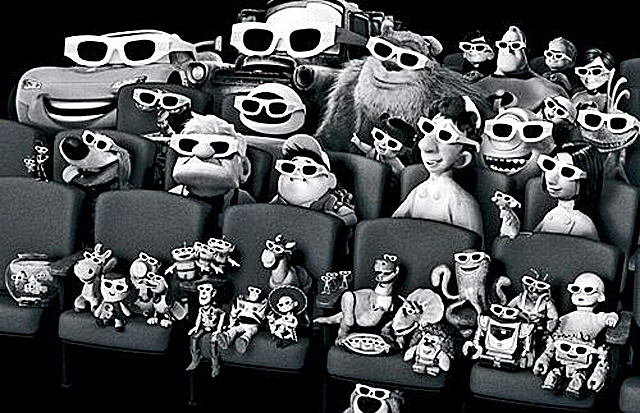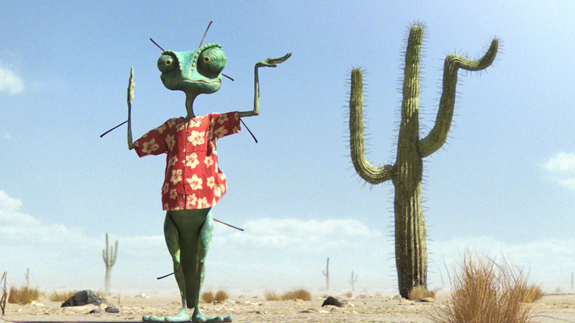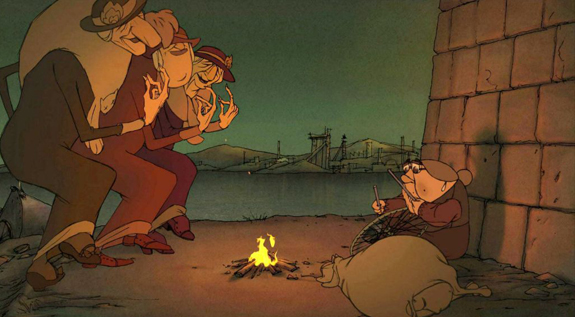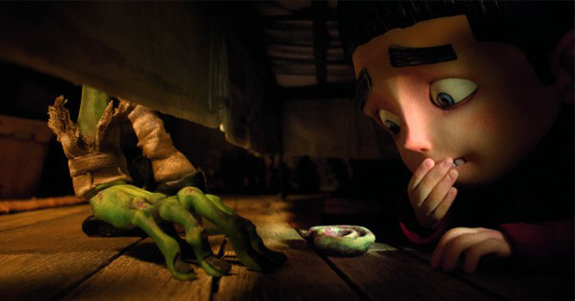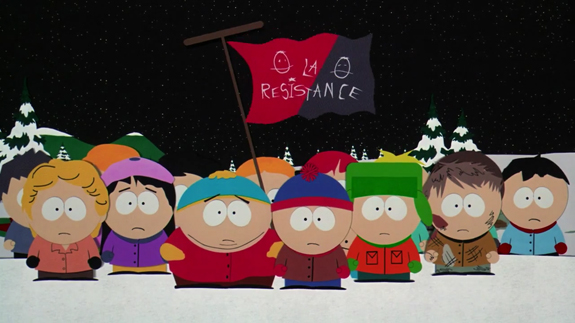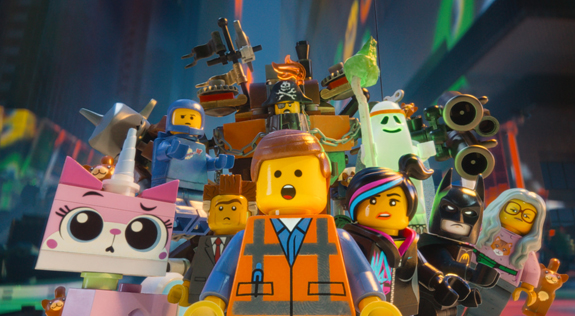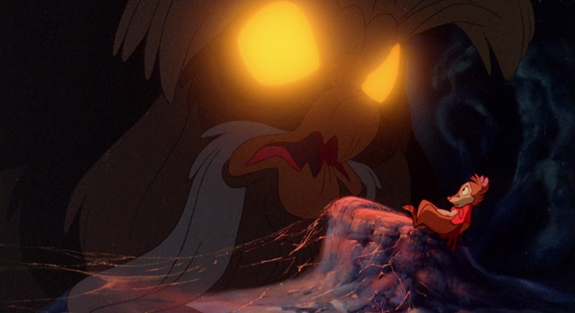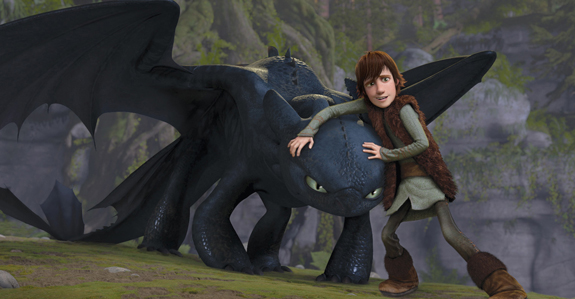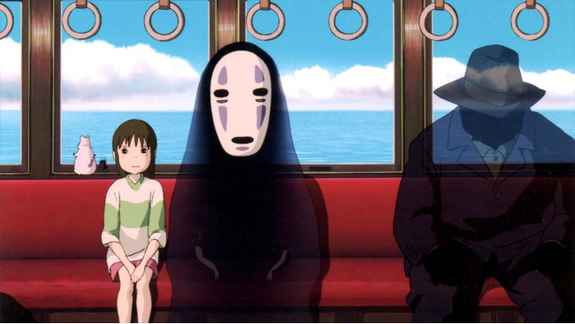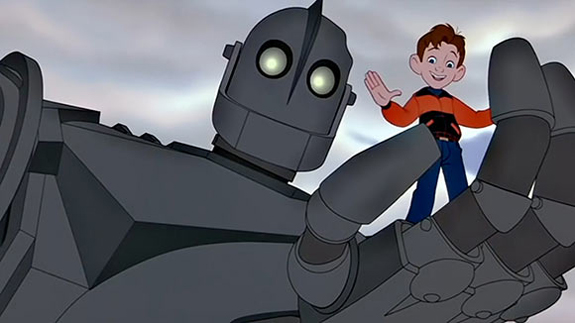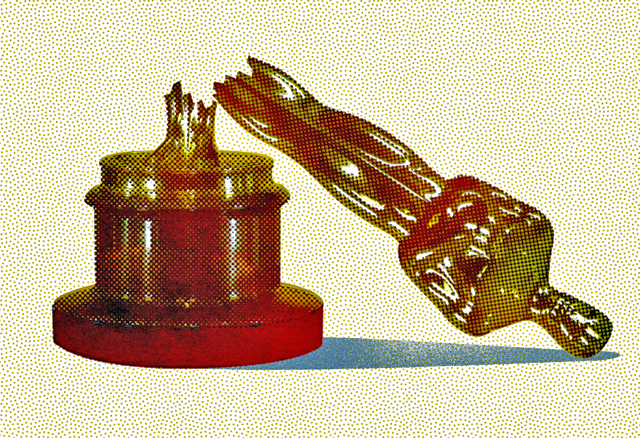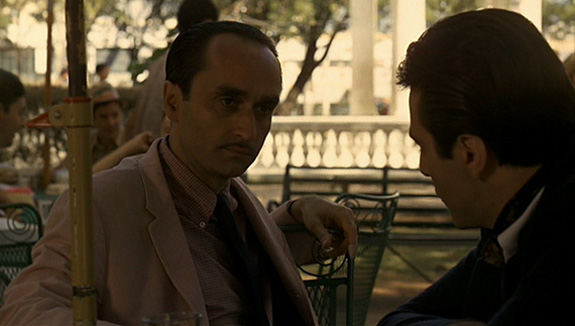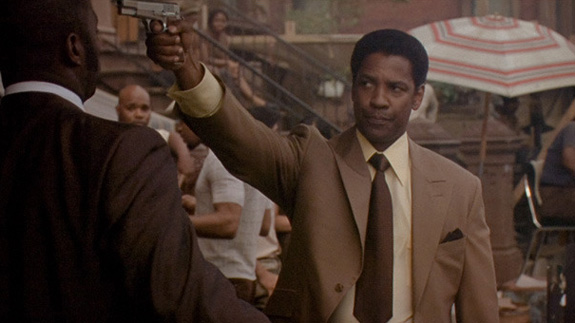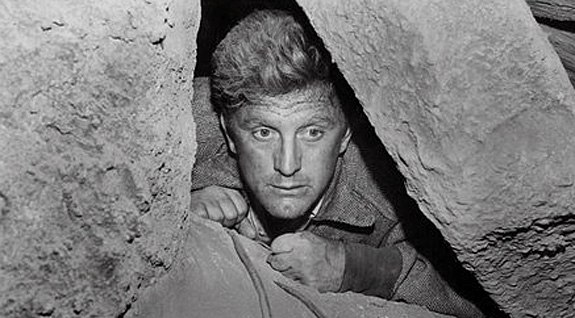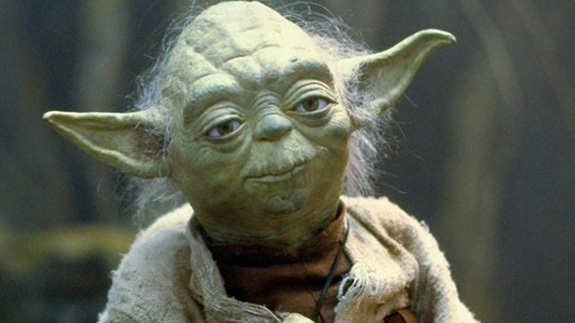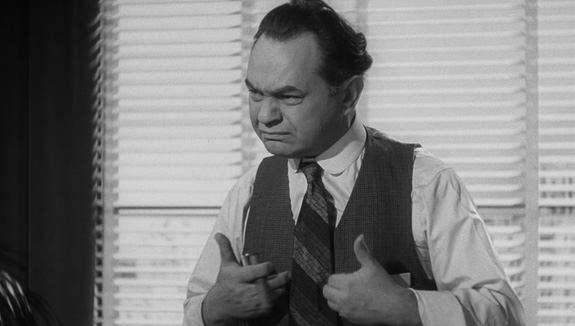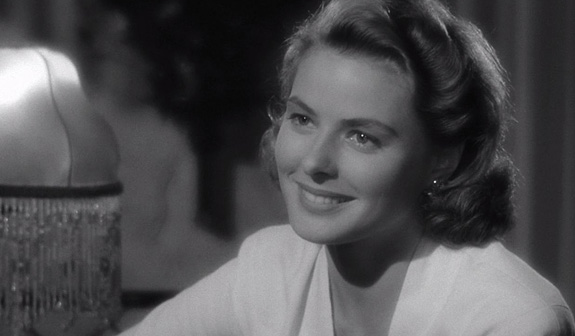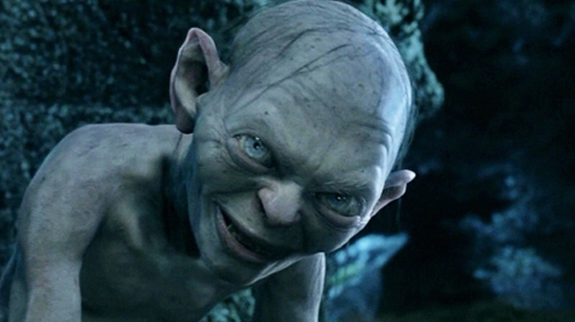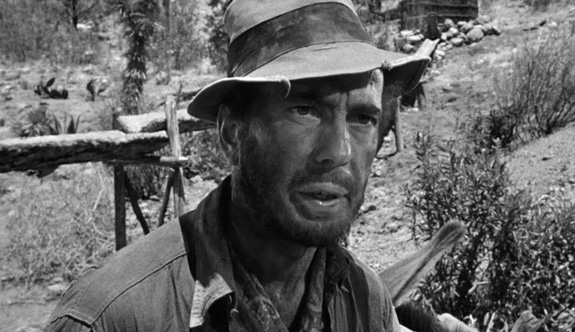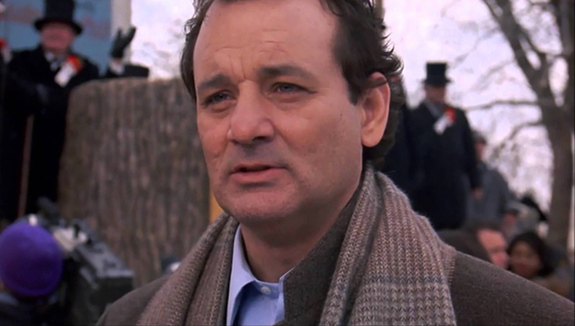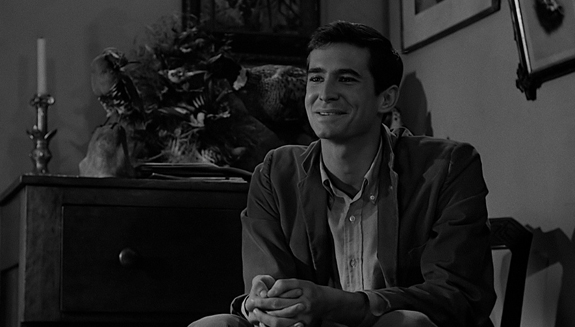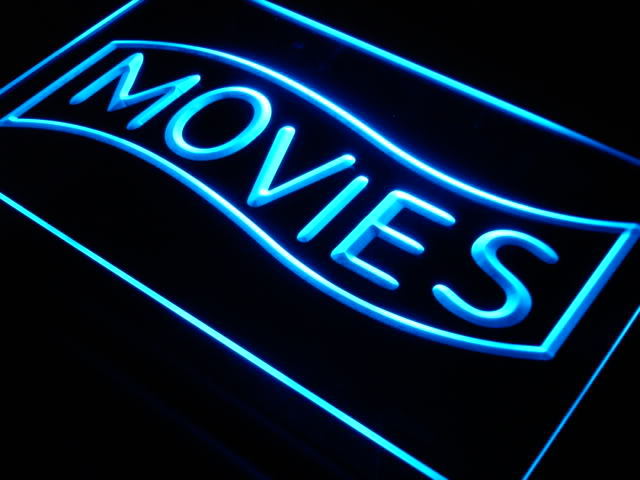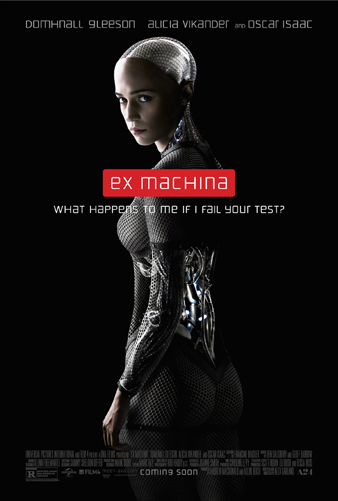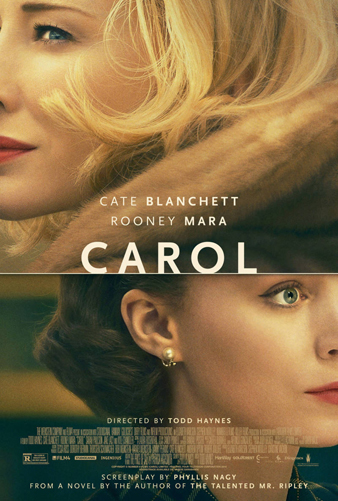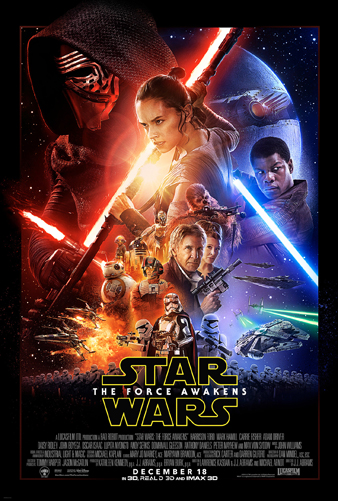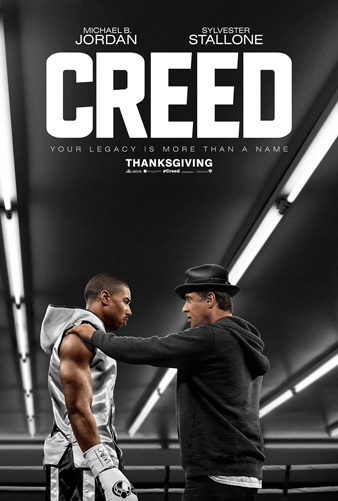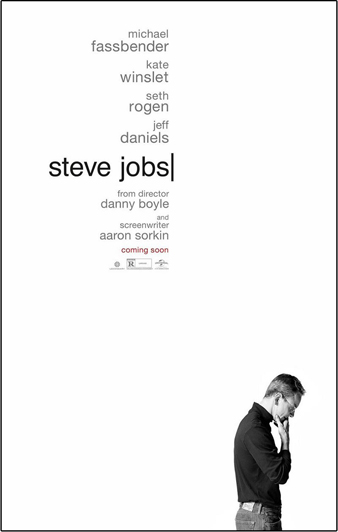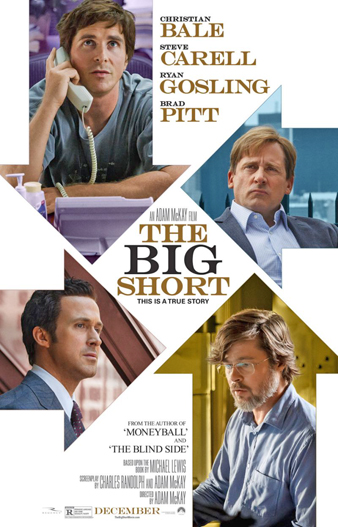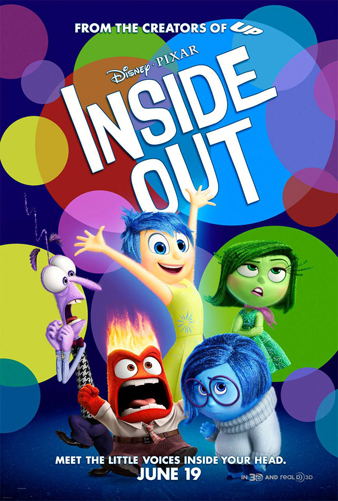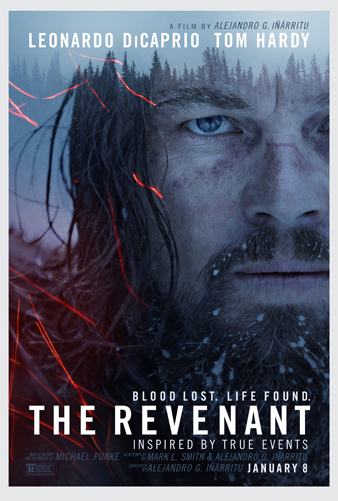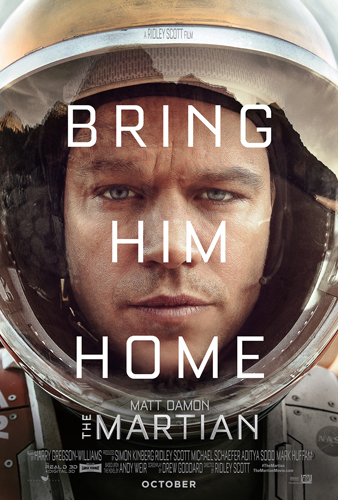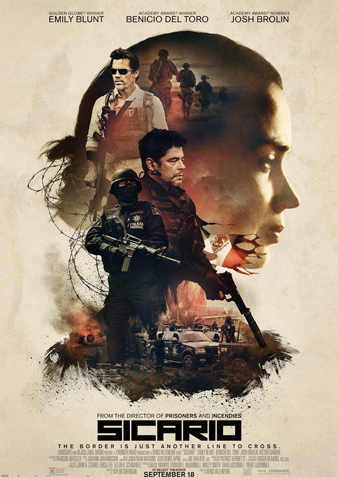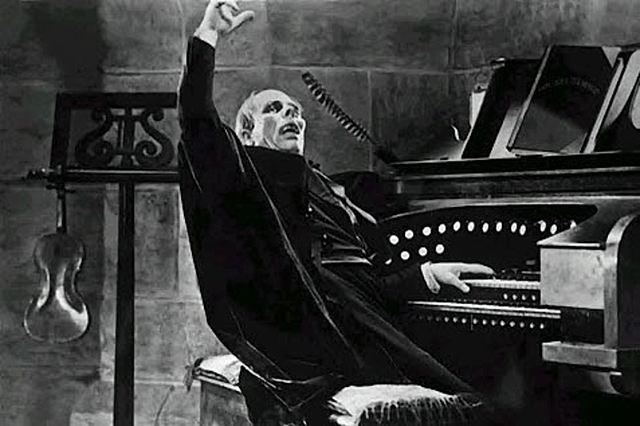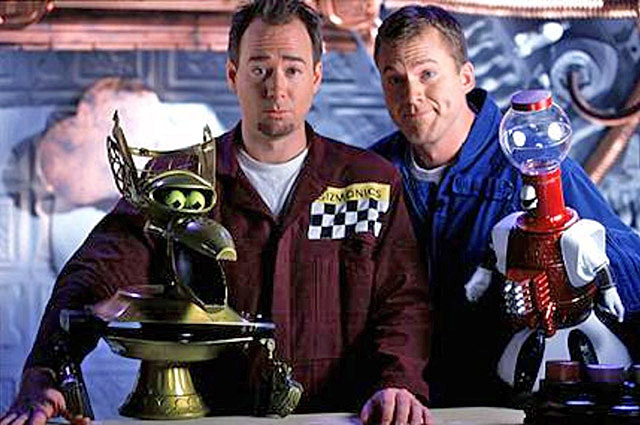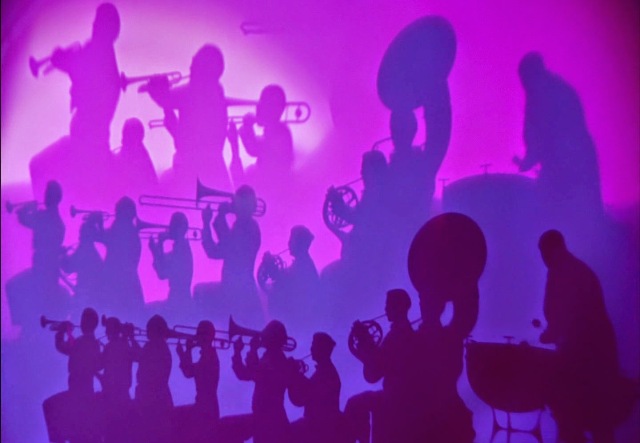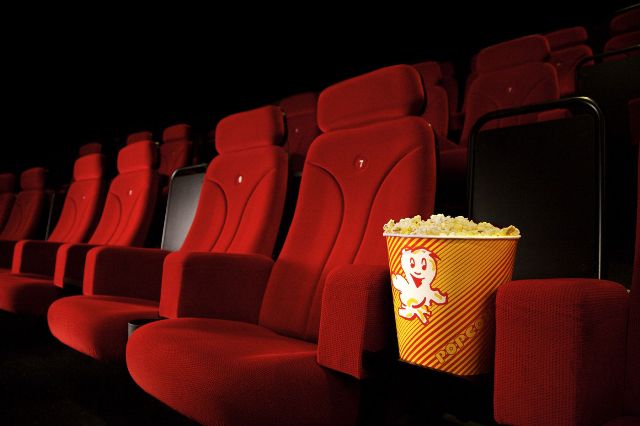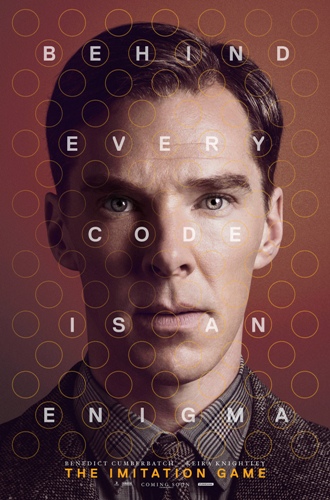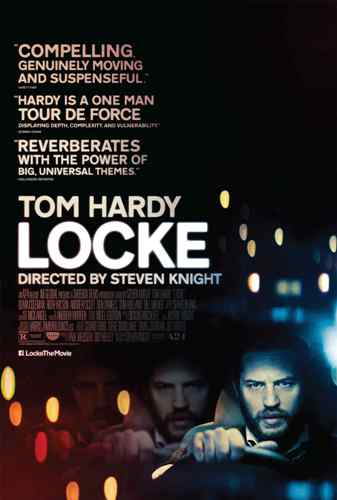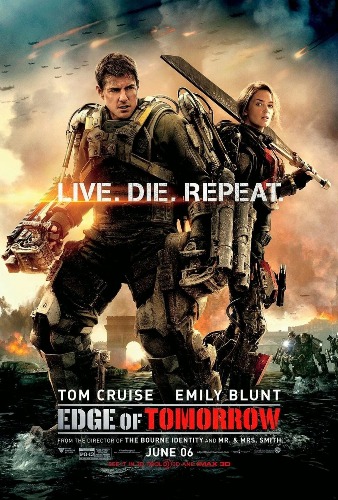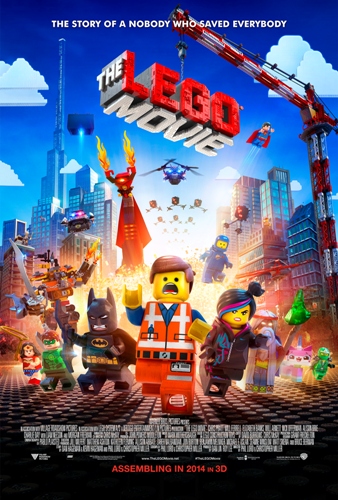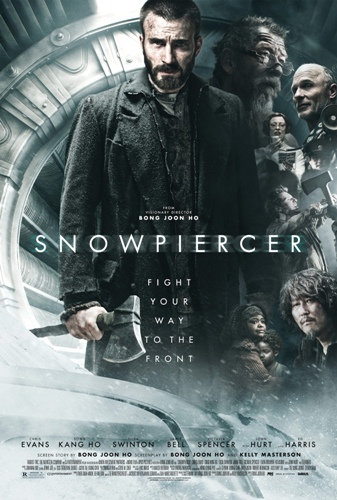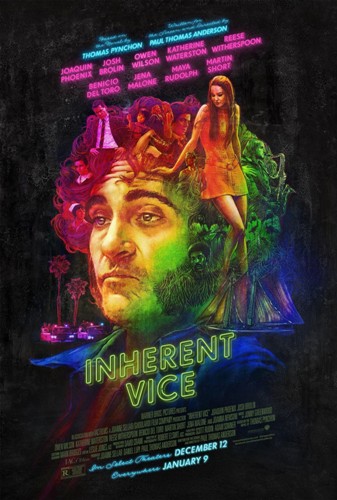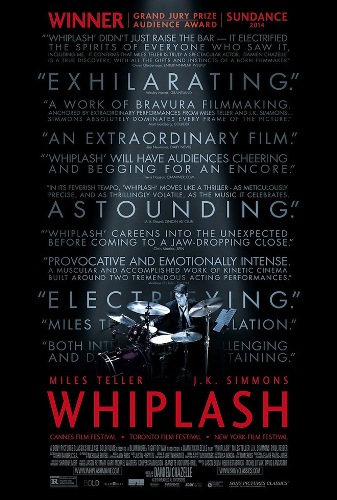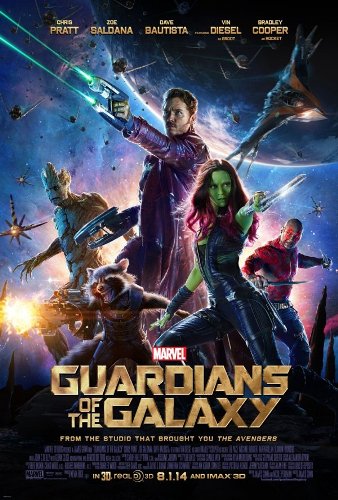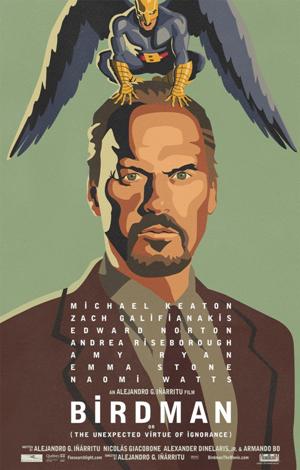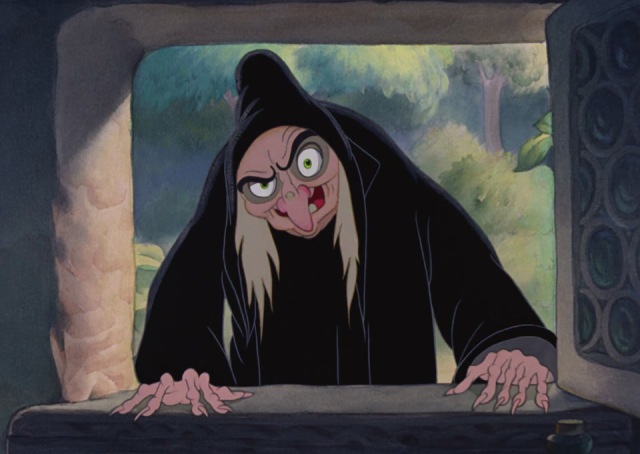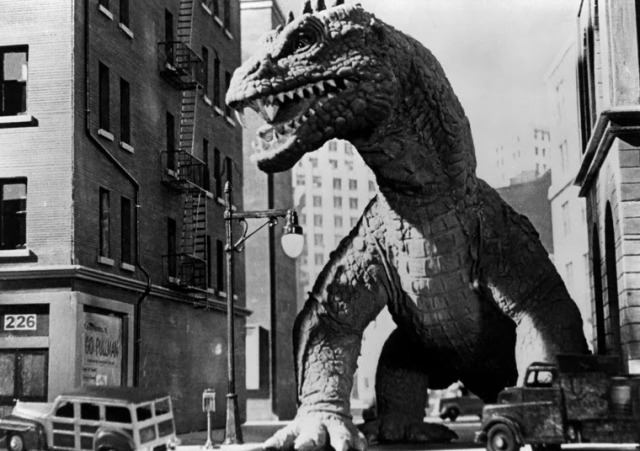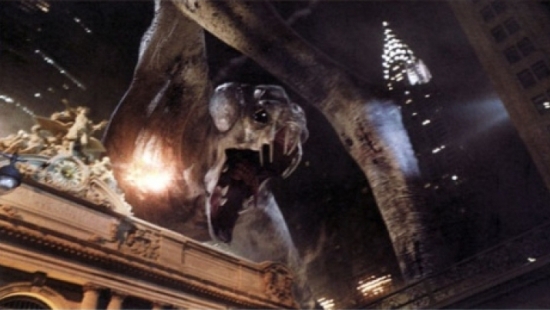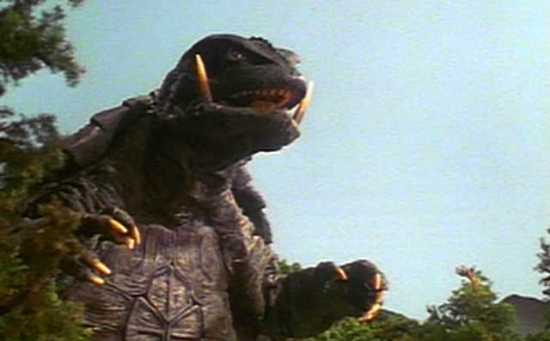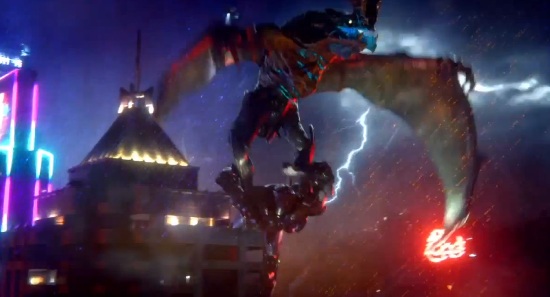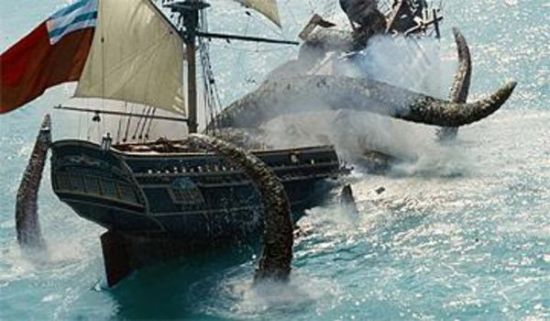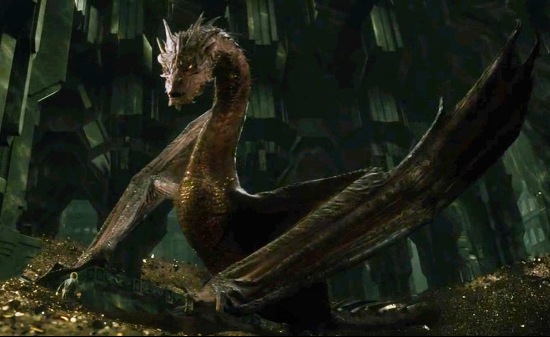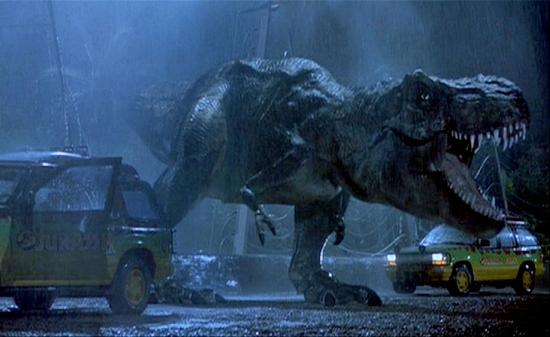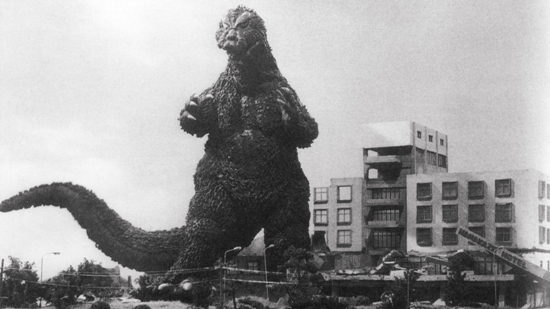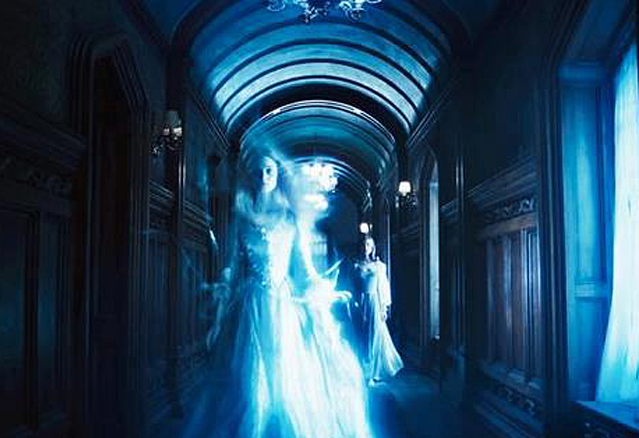
Horror has long been popular in the world of cinema, and with it, all the many horrific monsters that come along with it. Movie monsters like the Frankenstein monster, the Wolf Man, the Mummy, as well as vampires like Dracula are always reliable icons of the genre to fall back on year after year. But, if there was one reliable source for tales of the horrific and macabre, it would be ghost stories. Ghosts are probably the most widely used supernatural entity used in movies today, and that’s largely because they are so varied and they lend themselves so well to the medium of film. Ever since filmmakers of the silent era learned how to transpose one image onto another through cross processing of their films, creating a transparent ghostly effect, spirits and specters have remained continually a part of cinematic history. Even though they are largely associated with the horror genre, you can still find ghost characters in a variety of different types of films. There are ghosts found in romantic films (Ghost and Truly, Madly, Deeply), comedies (Ghost Town), and even in Science Fiction (Event Horizon). For the most part, their presence means a variety of things; either to haunt our protagonists if they have hostile intentions, or to reach out and deliver important guidance to the main character if they’ve lost their way. Not all movie ghosts are the same, and yet having one in your film nevertheless brings a spooky, unworldly element to the story. Some movie ghosts even become stars in their own right, outside of their place in the film’s story, and because of this, I decided to spotlight some of the more notable.
What follows is my list of the top ten movie ghosts. As you will see, not all of them come from what you will call “scary movies.” In fact, the majority of them are benevolent in their intentions; only a couple here will haunt your nightmares. My choices are based on how well they stand out in their selected movies, how well they represent the embodiment (so to speak) of a ghostly image, and their overall effectiveness as characters. Some of these choices are noteworthy in film history, and I should pre-warn you, there will be some plot spoilers ahead; including one particular one that i’m sure some of you will see coming. I’m also excluding any ghost that’s come out of urban legends after a movie’s release, so no Three Men and a Baby ghost boy on this list. Not all of these may be your own favorites, and some of them might be surprises. Overall, I just wanted to show all of you just how varied ghosts can be on the big screen. Whether scary or not, there are more than you’d think. And so, let’s spook up our top ten happy haunts.
10.
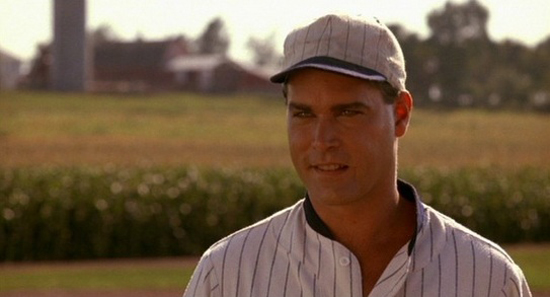
SHOELESS JOE JACKSON from FIELD OF DREAMS (1989)
Here we have an example of ghosts in a movie whose appearance is miraculous rather than frightening. In the movie, Kevin Costner’s Ray Kinsella hears a disembodied voice telling him in the middle of a cornfield, “If you build it, he will come.” After clearing his cornfield to build a baseball field, which his family and neighbors see as a sign of insanity, Ray is soon greeted by the spirit of Shoeless Joe Jackson, a real life baseball player. And not only that, but the entire 1918 Chicago White Sox team, all of whom were banned from baseball for purposely throwing games in the World Series for mafia backed gamblers. And, of course, they begin playing ball again, on the field that Ray has built for them. Shoeless Joe in this movie represents the most common kind of benevolent ghost that you’ll see in movies, and that’s the messenger spirit, or as some might interpret, the guardian angel. Whether he was the voice Ray heard in the field is unclear, but Shoeless Joe’s place in the story is to show Ray why his good deeds are important. The movie is about redemption, and it’s fitting that a talented ball player like Jackson, whose career was clouded by one terrible mistake, would return from beyond the grave to reach out and deliver this message to others in need of guidance. Ray Liotta does a fine job playing Jackson, and the other ghosts in the story are just as fascinating. In this unlikely ghost story, it’s interesting how the movie can make the supernatural more hopeful than scary.
9.

SANTI from THE DEVIL’S BACKBONE (2001)
Though ghosts who deliver messages to our protagonists tend to be for the most part pleasant in nature, there are a few that do appear in grotesque forms. That is definitely the case with Santi, the ghost boy from Guillermo del Toro’s The Devil’s Backbone. Set during the final days of the Spanish Civil War, the movie revolves around the life of a boy named Carlos, who is haunted by Santi in a remote Orphanage in Spain, which is about to be in the cross-hairs of Republican and Fascist forces in one final battle. Santi is not a hostile ghost, but he is nevertheless a frightening presence. Del Toro is one of those rare directors who can delicately walk that fine line between the ethereal and the horrific, and this dichotomy is perfectly embodied in Santi. His design is beautiful in it’s grotesqueness, pale white with sallow, rotten eyes and a eggshell like crack on his forehead with blood not dripping out of his head, but instead flowing upwards like a cloud of smoke. All these features present in the person-hood of a little boy makes the imagery all the more unsettling. And yet, Santi is there to be a spiritual guide rather than a nightmare for our main character Carlos, warning him of the coming danger as well as helping him discover what really led to his untimely end; making his story all the more tragic. Santi would prove to be a monumental character for Del Toro, as he would return to the same techniques of portraying ghostly characters in Crimson Peak (2015). Though the ghosts in that movie were memorable too, Santi still remains one of the macabre director’s more standout creations.
8.
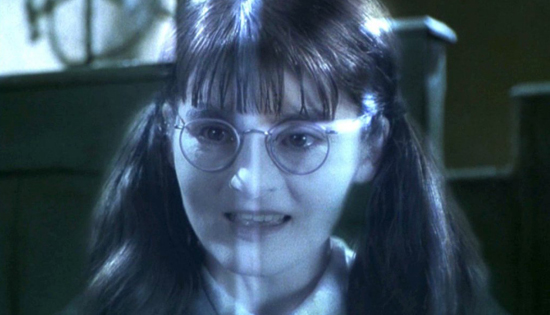
MOANING MYRTLE from HARRY POTTER AND THE CHAMBER OF SECRETS (2002)
Now for a ghost child of a different kind, we turn to Moaning Myrtle from the Harry Potter franchise. The ghosts of Hogwarts play a minor but still important factor in the series as a whole, whether it is Nearly Headless Nick (played by John Cleese) adding humor and playfulness to the character of the wizarding school, or the White Lady (played by Kelly MacDonald) giving an important clue to Harry in the final showdown of the series. But, it’s Myrtle that stands out the most for a variety of reasons. First, she’s a scene-stealing character with wild mood swings that generates a few laughs out of the audience. And secondly, she’s notable for being the first ever victim of the murderous rampage of the series’ main villain, Voldemort. Killed by Voldemort’s obedient servant Basilisk during his years as a student at Hogwarts, Myrtle is forever doomed to haunting the girls bathroom, lamenting the fact that no one liked her up until her death, and beyond. Myrtle could have come across as obnoxious easily, and it’s a testament to actress Shirley Henderson for finding the humanity in the character and making her sympathetic while also ridiculously pathetic. Amazingly, Henderson was 35 years old at the time she played the character, showing just how talented she could be at embodying the persona of an angsty teenager from beyond the grave. She would show up again in the fourth Harry Potter film, only this time less dreary and more affectionate to Harry, in a hilariously uncomfortable way. Though physically and purposely a haunting spirit in every way, Myrtle is a ghost that’s easy to love, if you can get her to stop crying.
7.

DELBERT GRADY from THE SHINING (1980)
Stanley Kubrick’s The Shining is the perfect example of a modern ghost story; with a hotel literally infested with malevolent spirits. Kubrick does a brilliant job of portraying the ghosts in a different way than most other movies would. Unlike other films, where ghosts would appear transparent and be able to float or pass through walls, Kubrick’s ghosts appear out of nowhere and appear as lifelike as any normal human being. The ghosts appear around the corner or reveal themselves through a revere shot edit; simple cinematic tricks that are done to an unnerving effect. Audiences will never forget the first time they saw the two little girl ghost appear at the end of a hallway in the memorable Steadicam tracking shot; an iconic moment that doesn’t use or need a special effect to convey a moment of terror. And while the girls are terrifying, it is actually their father that ends up being the more memorable, and terrifying ghost in the movie. Delbert Grady, who we learn was the previous caretaker of the hotel, appears to Jack Nicholson’s Jack Torrance during a ghostly ballroom scene. After spilling wine on Jack’s shirt, the two men clean up in the bathroom, leading to one of the most brilliant moments in the movie. Played magnificently by Phillip Stone, Delbert Grady embodies the evil nature of the Hotel perfectly; pleasant on the outside, dark and foreboding on the inside. He appeals to Jack’s darker instincts and convinces him to murder his own family, a fate he himself succumbed to. It’s a subtle performance by Stone, but one that is memorably creepy. Grady proves that the scariest kinds of ghosts don’t always have to be hidden in the shadows, or appear as decayed like a corpse. Sometimes the worst kinds of haunts can be soft spoken and well-dressed.
6.

MUFASA from THE LION KING (1994)
Death is strangely all too common in Disney movies, especially those of a loved one to our main heroes. From Bambi’s mom to Anna and Elsa’s parents in Frozen, parental deaths are a particularly repeated trope used in Disney films. However, only one of these departed parents has ever reached out from the great beyond to help their child out on their journey and that was Mufasa in The Lion King. After being blamed by his uncle Scar for the untimely death of his father in a Wildebeest Stampede, Simba the lion cub retreats into exile. But after many years, Simba is confronted with the fact that he must take his rightful place as king, and the message is made all the more clear when the spirit of his father Mufasa appears to him. In a spectacular sequence, Mufasa appears larger than life out of the clouds and sets Simba straight, telling him to “Remember who you are.” Shakespearean in it’s tone and epic in scale, Mufasa’s appearance is a memorable one. The way he forms out of the negative space between the nighttime clouds is a particularly interesting way to represent his ghostly presence, and is unlike most other ghosts we’ve seen in films, animated or not. Along with the booming voice of James Earl Jones, Mufasa’s spirit’s appearance is one of the most iconic moments in animation history. And it’s interesting that it happens in a story that up until then contained no supernatural elements (unless you count the fact that you’re watching animals speak). But at the same time, it feels thematically right, and it makes sense that such a life-force as Mufasa would return in such a way.
5.
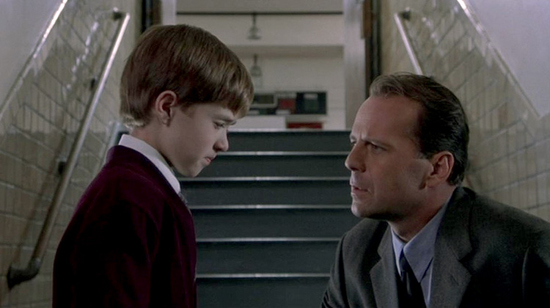
DR. MALCOLM CROWE from THE SIXTH SENSE (1999)
I warned you about spoilers before and this is why. For those who have yet to see this movie, or know about it’s twist ending (are there really any of you left), I am about to spoil it right now. For most of The Sixth Sense’s running time, we are led to believe that Dr. Crowe (played by Bruce Willis) is helping to provide psychiatric care to a troubled little boy (played by Haley Joel Osment in a breakout role) who says he can see ghosts. We follow the two as they form a growing bond throughout the movie, and after the boy Cole accepts his gifts and is able to open up to friends and family, Crowe feels it’s time to return to his home and rebuild his marriage with his estranged wife, only to learn “SPOILERS” that he’s been dead this whole time. The reason why Dr. Crowe stands out as one of cinemas most notable ghosts is because of that huge plot swerve at the end. Now, when looking back on the movie, it doesn’t seem like that huge a shock, but the reason it worked so well is because of how well built up it is, thanks to both director M. Night Shaymalan’s expert storytelling and Willis’ performance (probably the best of his career). We see Crowe’s murder in the opening scene, at the hands of a deranged former patient, and yet by shifting focus to Osment’s Cole afterwards, we forget about that incident, believing that Crowe had somehow managed to recover. By playing things subtly throughout, we believe that Crowe is indeed still alive, which makes the revelation all the more shocking. Clever clues throughout present the truth for us, but it is only in retrospect that we end up knowing that they’re there. Malcolm Crowe is that rare movie ghost who doesn’t realize he was dead all along and it’s a miracle how well this movie made us all believe he was really there too.
4.
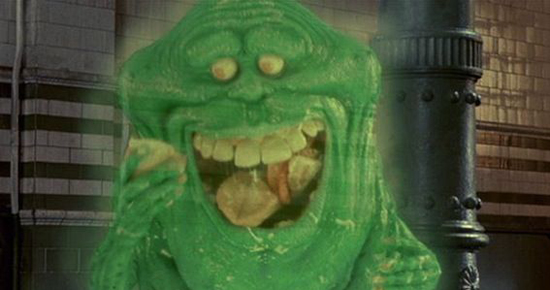
SLIMER from GHOSTBUSTERS (1984)
It would be unthinkable to not include on of the many iconic spirits from this comedy classic. Gozer doesn’t really count since she is a deity that can neither be living nor dead, and the Stay Puft Marshmallow Man is the earthly form taken by an inter-dimensional demon, so you can’t really call him a ghost either. There is however one standout ghost in Ghostbusters, and that is Slimer. While more of a nuisance than any real threat, Slimer stands out as the first ghost captured by the titular team of ghost exterminators. He certainly makes an impression right off the bat, being the glutton that he is, he haunts a swanky New York hotel and consumes all the room service carts. When confronted by Bill Murray’s Peter Venkman, he immediately rushes towards him and slimes Peter head to toe, hence giving him the name. Out of all ghosts that appear in the movie, Slimer is definitely the breakout star. An animated series based on the movie shortly afterwards even featured him as a major character; as a Scooby-Doo like mascot no less. But it’s easy to see the appeal. With the grotesque, obese build and the bright green skin, Slimer was no doubt destined to be a stand out. He was particularly popular toy for most kids of that era (of which I was one). It’s also interesting that he was a favorite among the filmmakers too. Dan Aykroyd even joked on the set that Slimer was the ghost of his beloved and collaborator John Belushi, who had died only a couple years before. That in of itself only adds to Slimer iconic status as one of cinema’s greatest ghosts.
3.

OBI-WAN KENOBI from STAR WARS EPISODE V: THE EMPIRE STRIKES BACK (1980)
When beloved Jedi and Mentor Obi-Wan “Ben” Kenobi sacrificed himself to save Luke Skywalker from Darth Vader in the original Star Wars (1977), we thought we saw the last of the old man. But, then we learned in the sequel, The Empire Strikes Back, that there was a thing called “Force Ghosting” and as it turns out, Obi-Wan was still capable of carrying out his mission in the afterlife. While not a ghost in the traditional sense, Obi-Wan’s force ghost is still one of cinema’s most famous ghostly characters. His mortal body was destroyed in his sacrifice, but his life force became one with the Force itself, allowing his consciousness to prosper. As we see, Obi-Wan is able to still follow Luke and guide him, even though he has no physical form, although he can create a projection of himself, which fans of the series have dubbed his “force ghost.” It’s a clever way to allow the series to still use actor Alec Guinness in the role, but it doesn’t feel out of place either. It’s an interesting concept as well, which gives some merit to the idea of what an afterlife may be. Science tells us that when we die, the energy within us also leaves us as our bodies decay and is reclaimed into the universe at large. That cycle of life is part of the basis behind George Lucas’ concept of the Force, so it seems natural that life, death, and afterlife could all fall under that same idea of transferring energy throughout the cosmos. Now, of course they still use the cinematic shortcut of making Obi-Wan’s Force Ghost appear like any other movie ghost, but the idea behind it is still an interesting one to contemplate. And it only shows how powerful a Jedi he is when Obi-Wan can master the Force so well that he can appear to us again out of pure energy.
2.
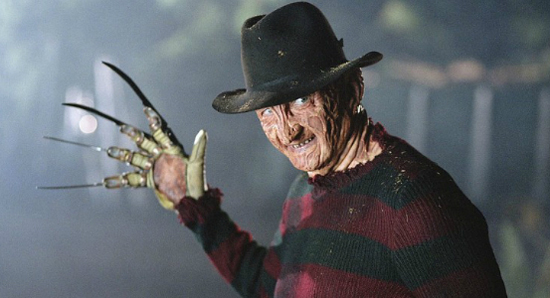
FREDDY KRUGER from A NIGHTMARE ON ELM STREET (1984)
Some of the ghosts on this list are friendly, and others just want to scare you for a little fun. But here we have a ghost quite literally out of our nightmares. Freddy Kruger is a ghost serial killer, committing his murders on victims while they sleep comfortably in their own homes by invading their dreams. He’s frightening, but also delightfully over the top and campy too. You can tell that actor Robert Englund is having a blast playing the part, even under the layers of make-up that I’m sure took hours to apply. But, don’t let the one-liners and hammy acting fool you. Kruger is a monster in every shape and form, and some of his sadistic tortures are hard to watch at times. But, it’s the invasion of privacy that makes this particular ghoul so frightening. It’s the fear of everyone whose afraid of ghost that some unseen presence is around you and watching your every move. Now add the idea of not being safe within your own mind while you sleep and you can see what makes Freddy such a terrifying character. Director Wes Craven plays up this aspect quite well in his film, with his characters being driven into madness as they attempt to avoid the killer spook by keeping themselves awake to extreme ends. Since his debut, Freddy has been an icon of the horror genre. With the inhuman mask of burned skin and those menacing blade fingers of his, he is as nightmarish as they come. If you have to pick out the scariest of big screen ghosts, Kruger would certainly be among the top picks. And he is quite literally the kind of ghost that will keep you awake at night.
1.
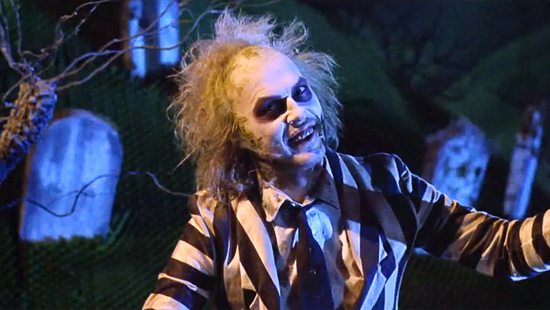
BETELGEUSE from BEETLEJUICE (1988)
All of the spirits on this list are memorable in some way, but how could I possibly not give the top spot to the “Ghost with the Most.” Betelgeuse, or Beetlejuice depending on who you ask (both spellings are used in the movie), is every ghost rolled into one. He’s a monster, a clown, a friend, a nuisance, a cartoon character, everything. The brainchild of filmmaker Tim Burton, Betelgeuse is the quintessential Burton character. Grotesque and yet ridiculous, you can tell he was a culmination of dreams from someone who grew up watching cartoons and horror movies and loving them both equally. The visual design of the character is also inspired, with his striped suit, green hair and cadaver like face, Betelgeuse is the quintessential demon clown. Ironic, given this performance, that Tim Burton would tap actor Michael Keaton to play Batman instead of the Joker, since this character seems like a test run for the later. But, even still, Keaton is a wonder in this role. Vulgar, obnoxious, and endlessly hilarious, it’s a thoroughly entertaining performance that indeed turned Keaton into a star. Though he’s primarily a funny character, the movie still gives him a menacing side too. His transformation into a serpent halfway through the film (animated in some impressive stop motion) is a particularly scary scene, even if it still contains some campy humor in it. Even many years later, Betelgeuse still stands as an iconic cinematic ghost, and one of my personal favorites. He’s still a hallmark in the careers of Keaton and Burton, and one of the greatest ghouls we’ll probably ever see on the big screen. Just don’t say his name three times, or else there will be trouble.
So, there you have it; my choices for the greatest ghosts to ever appear in the movies. Some are more traditional than others, and only a handful are particularly dangerous. It’s just my way of showing the variety of types of ghosts that you can see used in so many different genres. Whether it’s someones as benign as Shoeless Joe, or as menacing as Freddy Kruger, or a combination of all types like Betelgeuse, ghosts have some surprising roles to play in movies. More often than not, you’re more likely to find the traditional horror movie representation of ghosts, with the transparent appearance and ethereal glow in dark corridors, most of the time and that’s understandable. With Halloween around the corner, ghosts become a popular icon for the season and one of the best traditions around this time is sharing ghost stories with one another. Ghosts are as common to storytelling as anything else, and they have a long proud tradition in our culture dating back centuries. Whether you believe in their existence or not, you are bound to find ghosts in just about any storytelling medium you can think of. Cinema has contributed some of the best to the world, and this Halloween season is made the better for it. Let’s just hope that the haunting stays on the screen where it belongs, although depending on how memorable and potent the ghosts and ghouls are in the movie and also the type of movie you watch, you may also find your dreams and nightmare haunted by them as well.
